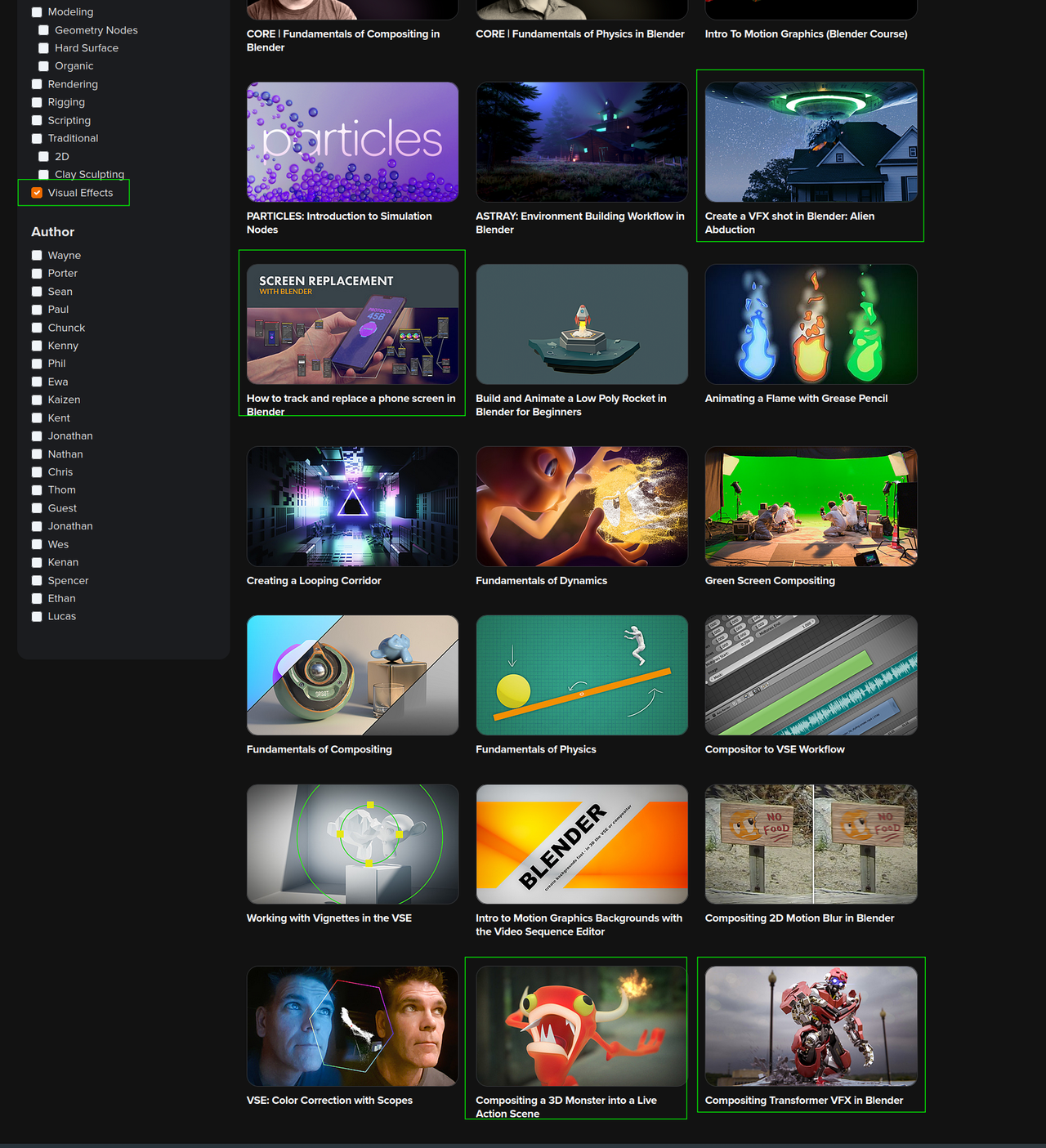Hey there, im a filmmaker and I do a lot of commercials for brands and products plus I am working for an independent news channel covering geo-political themes.
I'm interested in learning Blender, primarily to create realistic environments and objects that I can integrate into my filmed footage. Additionally, I want to use Blender for my journalistic work—visualizing concepts in 3D. (If you're familiar with Fern on YouTube, that's exactly what I was aiming for.)
I've just completed your fantastic Blender Basics course on YouTube and am now a premium member on your website.
I am wondering what is the right path for me ? should I dive into the CORE Fundamentals course and then move on ? or would you recommend a different path for me ? I would say that camera movement and at the end - rendering a video to be used as part of my production process - is what I am looking for.
I am keen to learn and I have the patient - I just want to make sure that I am not wasting time by not learning what I need to learn.
thanks a lot !
HI Thomas @IWANTTOLEARNVFX ,
I would say, that you'd need to learn at least most, if not all of the (CORE) Fundamentals (you might be able to skip Sculpting).
This will also prove to be very valuable for you: https://cgcookie.com/courses/directing-the-camera-in-blender
And you can go to the 3 lines at the top left of the website and in the dropdown choose All Courses and Filter for Visual Effects, there are a few that you'll probably want to see (even though some are older, with the Fundamentals under your belt, you should be fine with the different Blender Versions, and if something is unclear, do not hesitate to ask):

I think this will keep you busy for a bit 😉
Hello Thomas. Your goal entails lots of areas of the 3D pipeline, it's not easy, luckily you said you have patience, though you also need grit. Blender is a huge beast, from the most technical like modeling, rigging or compositing you could say, to the more artistic leaning like sculpting, animating or texturing, it's for sure a lot. Lucky us it is super freaking fun to get into all of that.
The Blender Basics is the first step, you have already completed it. Now for sure it's onto CORE, which is the Blender Fundamentals of each step of the Blender pipeline. It all starts with Concept Art, there's a couple tutorials about it on CG Cookie, but that is a whole other profession. You could say first comes Sculpting. Usually sculpting is very much like drawing or playing with digital clay, super art driven. It's great for getting ideas out since its very flexible way to model, though it leaves you with very dirty unusable meshes. So the resulting mesh from Sculpting goes through Retopology, which is the process to get a clean base mesh out of the sculpted one. Many people just skip to straight up Modeling, doing their mesh modeling, pushing and pulling vertices, box modeling, organic modeling, all that good stuff. Then comes a couple of stages which go hand in hand, UV Unwrapping and Texturing, to get image based textures into your models, Shading or material creation and Lighting. They all work in conjunction, one informs the other, because you need light to see how your material is reacting.
Then if you want your models to move, you have Rigging and Animation. A whole world of technical knowledge and artistic eye goes into them. Then all the simulation with Physics and then Compositing for your VFX and Post production. That is couples with Camera Tracking to get CGI stuff to stick to your real camera footage. And of course there's Python scripting and coding, which is god like level skills for us mortal artists.
There's tutorials here on CG Cookie for all of that. What I like to do is stick with just one stage of the pipeline and until I feel I have a grip on it, that I really understand it and have practice enough, I don't jump into the other one. Because when I was learning Blender and 3D I was overwhelmed with the amount of information and how new all the concept were and it takes a while for your mind to click with it all. So until I didn't understand well enough Modeling, I didn't jump into UV Unwrapping. I stuck with modeling for a long while until I was comfortable with it, then I made the jump. So while watching tutorials, I only saw the modeling parts and stopped when it jumped to materials and textures. When I was ready for that, I came back to it. That was my method anyways.
So it's Concept Art -> Sculpting -> Retopology -> Modeling -> UV Unwrapping -> Texturing -> Shading -> Lighting -> Rigging ->- Animation -> Rendering & Compositing -> Physics -> Camera Tracking -> VFX
CORE is where you'll get all the Fundamentals, and then you can watch different courses and tutorials which will build upon the foundation of what the Fundamentals teach you. After CORE, you can ask for a list of what courses and which order to watch to step into the intermediate level of learning Blender. It takes a while, the initial learning curse is steep, but stick to it, tough out the rough start and you'll love it all.
Thank you, Martin and Omar!
Those are some solid pieces of advice!
I assumed my goal would require learning many aspects of 3D and Blender in general- which I guess is a good thing, as it helps build a broad understanding of the fundamentals.
It's a long journey, but it looks like a fun one.
Thank you for your care and help!